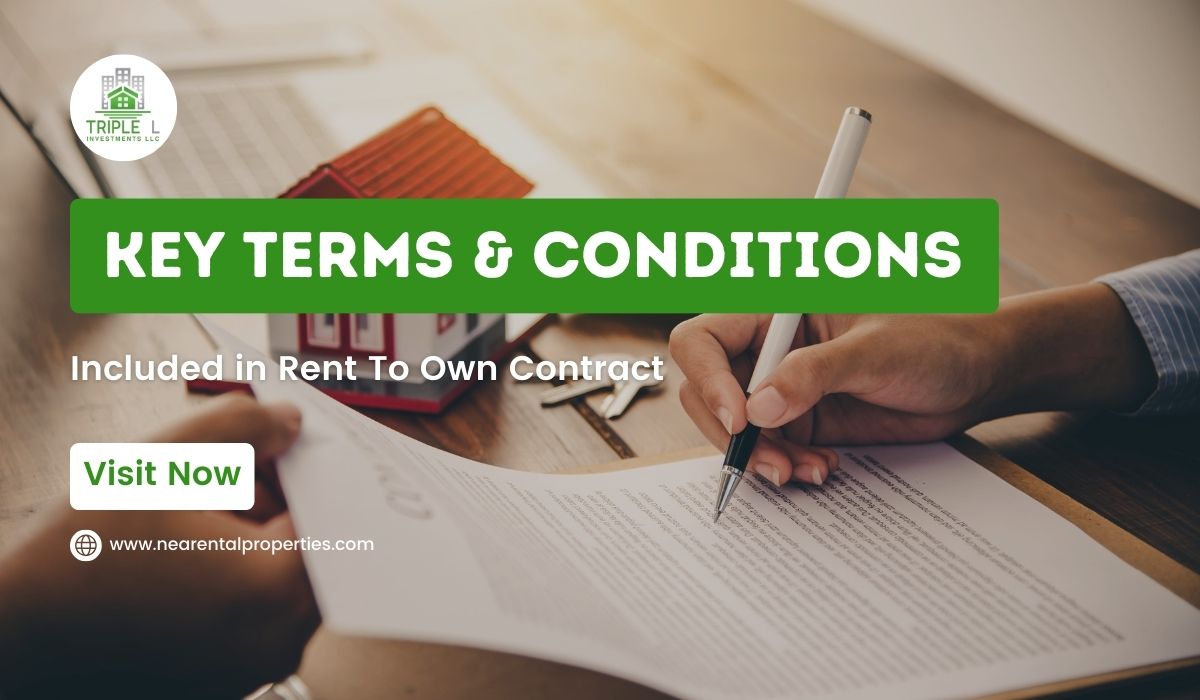Curious about as-is home sales? Whether you’re buying or selling, understanding the nuances of this real estate transaction can make all the difference.
As is, sales involve properties sold in their current condition without repairs or improvements by the seller. While they offer potential benefits like convenience and cost savings, they also come with risks. Knowing what to expect is crucial. From negotiating prices to assessing property conditions, our guide covers it all.
Dive into the ins and outs of as-is home sales to confidently navigate your next real estate venture. Let’s explore what you need to know to make informed decisions.
Complete Guide About As Is Home Sales
How As-Is Homes Are Defined?
Understanding the mechanics of this real estate transaction requires defining as-is home sales. Selling a home “as is” means showing purchasers the property without major repairs or renovations.
As-is sales emphasize the home’s condition, unlike traditional sales, where sellers often improve its appearance. Sellers can streamline the process by identifying necessary repairs, while purchasers can examine and customize the home. Understanding selling as is helps sellers and buyers negotiate clearly and transparently.
Disclosures and Legal Obligations:
Legal requirements and disclosures are key in as-is house sales. To conduct ethical and transparent business, sellers must follow legal regulations. Sellers avoid legal issues by emphasizing property condition disclosure. This includes listing all known flaws, repairs, and other issues that could influence the property’s value or safety.
Sellers satisfy their legal requirements and develop buyer trust by providing explicit information. Communication about the property’s state ensures a fair and courteous as-is purchase, reducing legal risks and speeding up the sale.
As-Is Buyer Expectations:
In as-is purchases, buyer expectations shape bargaining dynamics. As-is properties often require repairs or modifications owing to their state. Due to the home’s condition, buyers consider these fees.
Buyers may also expect price negotiation room to account for as-is transaction risks. Knowing buyer expectations helps sellers set a realistic initial asking price, promoting openness and a better as-is bargaining process.
Price Impact and Market Value:
Selling a home “as is” might affect the sale price and market value; therefore, consider all considerations. Despite its condition, the property’s location and features determine its worth. The extent of needed repairs also matters as purchasers assess the expense of renovations against the asking price. Despite its lower price, as-is properties can attract buyers looking for customization or willing to do repairs. It is essential to understand these factors to match market dynamics and attract as-is purchasers.
As-Is Price Determination:
Pricing your as-is home is complex and requires careful consideration of many elements. First, estimate your property’s repair expenditures, including big and minor issues. Next, do a Comparative Market Analysis to assess neighborhood property values. This phase helps you price competitively by revealing similar as-is home prices.
Maintain awareness of market situations such as supply and demand and economic trends. By considering repair costs, similar values, and market conditions, you may determine a reasonable and appealing as-is price for real estate buyers.
As-Is vs. Repairs:
Whether to make small repairs or leave a home as-is depends on the home’s charm and as-is status. Consider cost, time, and ROI when deciding if modest repairs are worth it. Adding cosmetic touches or repairing noticeable wear and tear can boost a property’s first impression without changing its character.
Striking this balance allows sellers to present a visually appealing home while remaining transparent about its condition. This attracts more buyers who appreciate the effort to enhance the property without compromising the as-is transaction.
As-Is Property Marketing:
A transparent marketing campaign is essential for as-is assets. Emphasizing the property’s condition upfront builds buyer trust and reduces surprises. Use high-quality photos and detailed property descriptions to highlight the pros and cons.
Draw purchasers seeking as-is properties to customization or investment options. Include this transparency in online listings, promotions, and buyer conversations. You can attract serious buyers by promoting your as-is home as a valuable opportunity and being transparent about its condition.
Negotiating:
Sellers and buyers must manage their expectations during as-is house sales discussions. Buyers should appraise a home in its existing condition, while sellers should be upfront about it. Negotiations may involve repair credits, price modifications, or other concessions, so understanding them is vital.
Effective communication, realistic expectations, and a willingness to compromise are key to as-is deal negotiations. Buyers should recognize the value and cost benefits of buying an as-is home. Further, sellers should address reasonable buyer concerns. Collaboration and transparency improve the chances of a win-win as-is house sale.
Conclusion:
Finally, understanding as-is home sales requires a detailed understanding of the dynamics. This market requires vendors and buyers to understand the benefits of a simplified process while also knowing the risks.
By selling as-is, sellers save time and avoid significant renovations. Building confidence with discriminating buyers requires transparency and realistic pricing. However, buyers must carefully scrutinize and appraise as-is transactions to make informed selections.
Both parties must be well-informed and knowledgeable about as-is house sales to navigate this real estate market, which requires a fine balance between risk and return.
Frequently Asked Questions
“As is” refers to a home that has not undergone any major renovations or repairs.
Yes, Disclosure of known property issues is a legal requirement for property sellers.
An expectation that a property will require repairs influences the buyer’s offer and negotiation tactics.
Yes, a variety of factors can affect the sale price and market value of a home, such as location, amenities, and the need for repairs.
While minor repairs are unnecessary, they can improve the property’s appeal without compromising its condition.
Both sellers and buyers benefit from home inspections since they provide transparency about the property’s condition.
Be transparent about the property’s condition and highlight potential opportunities for buyers when marketing your as-is property.
Negotiate by understanding the balance between seller and buyer expectations and remaining open to possible price adjustments.











